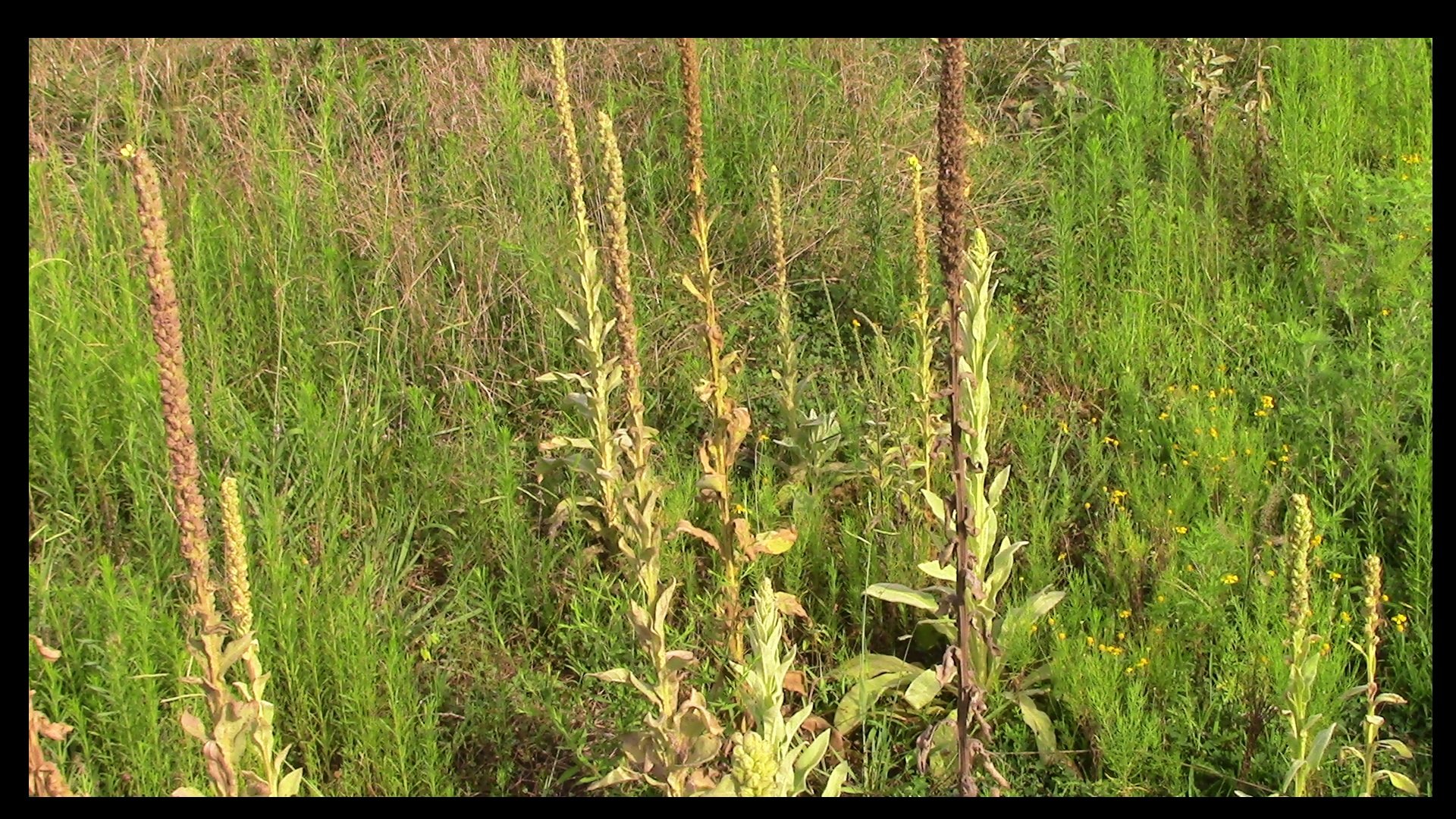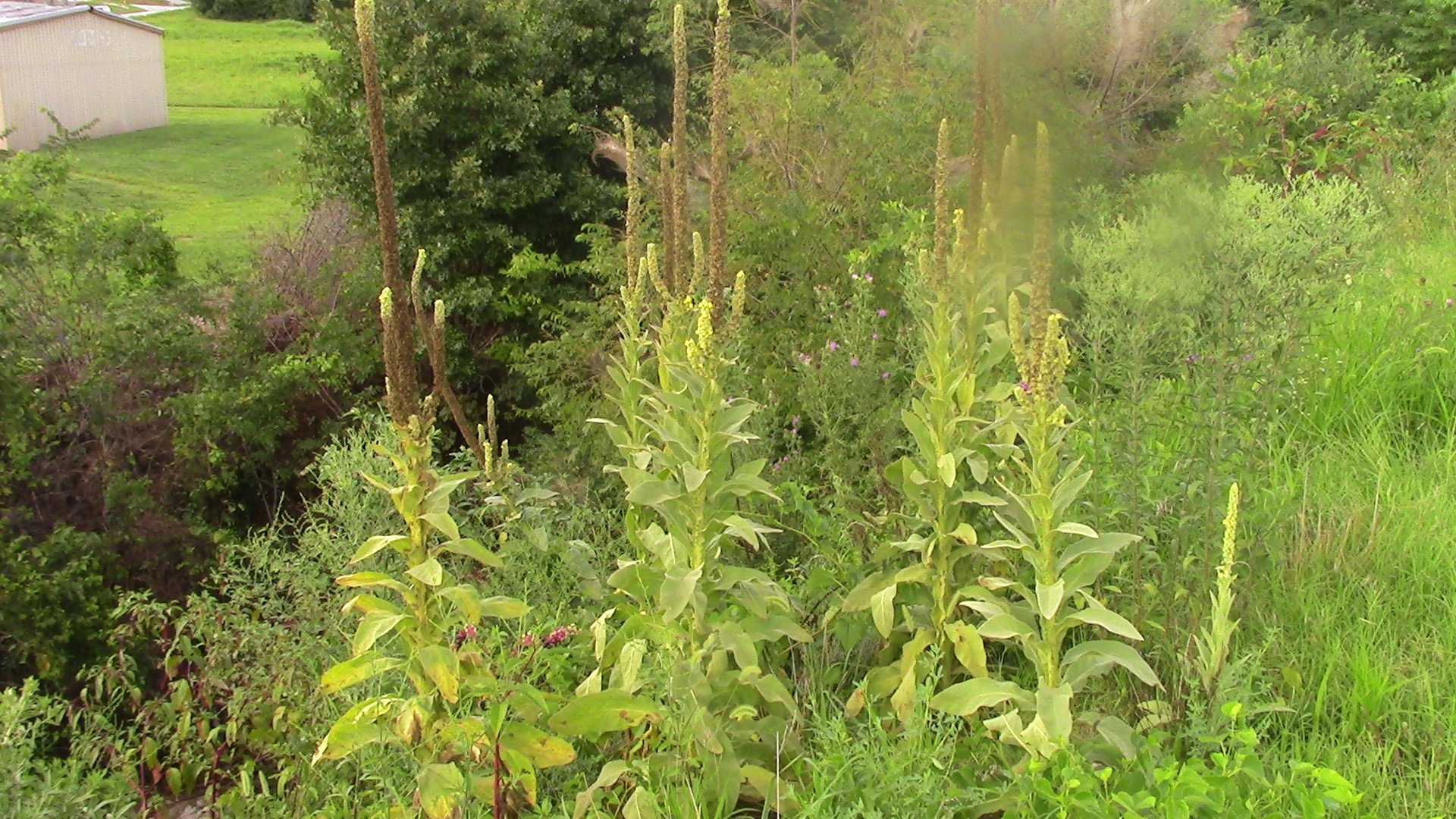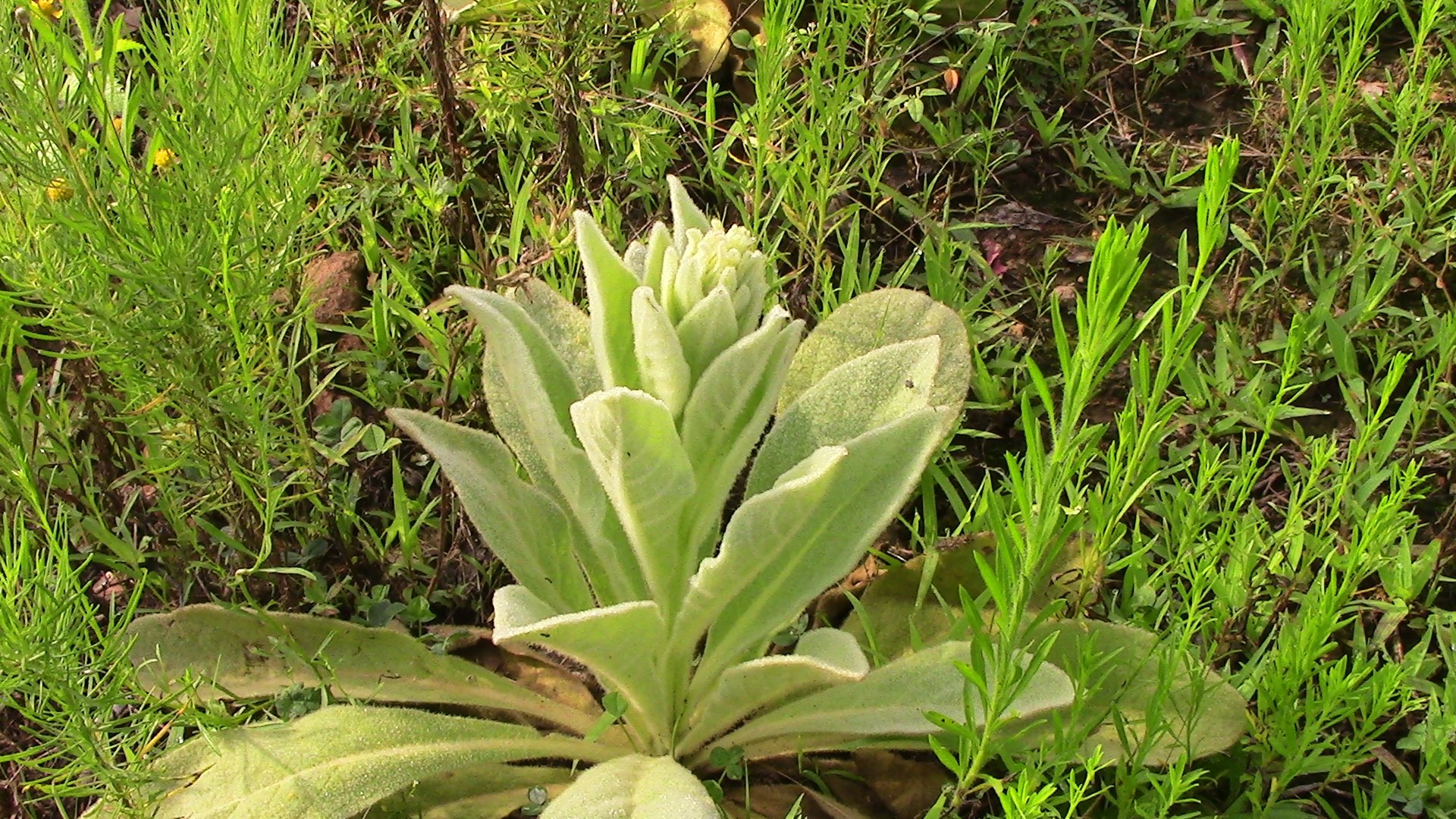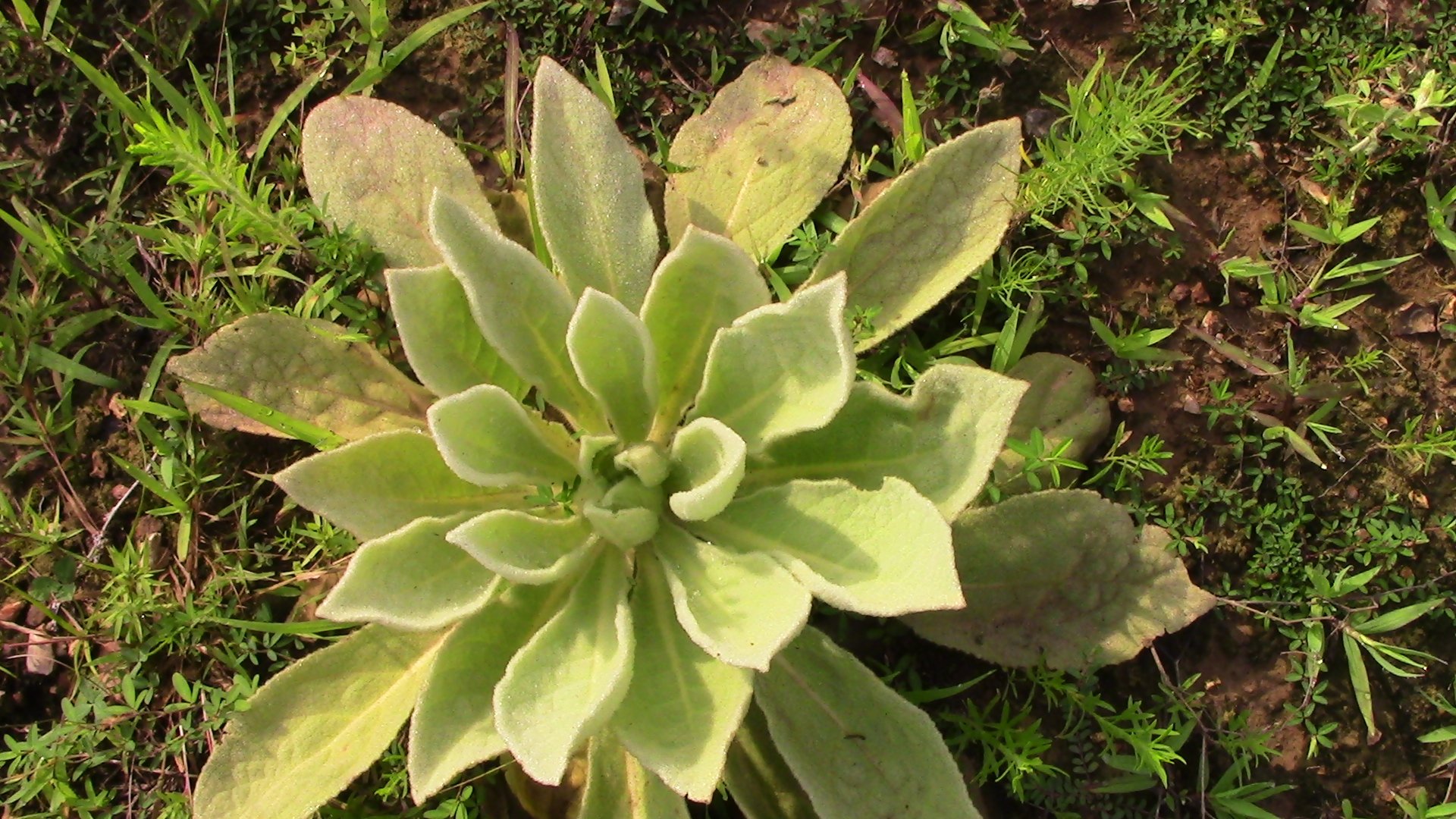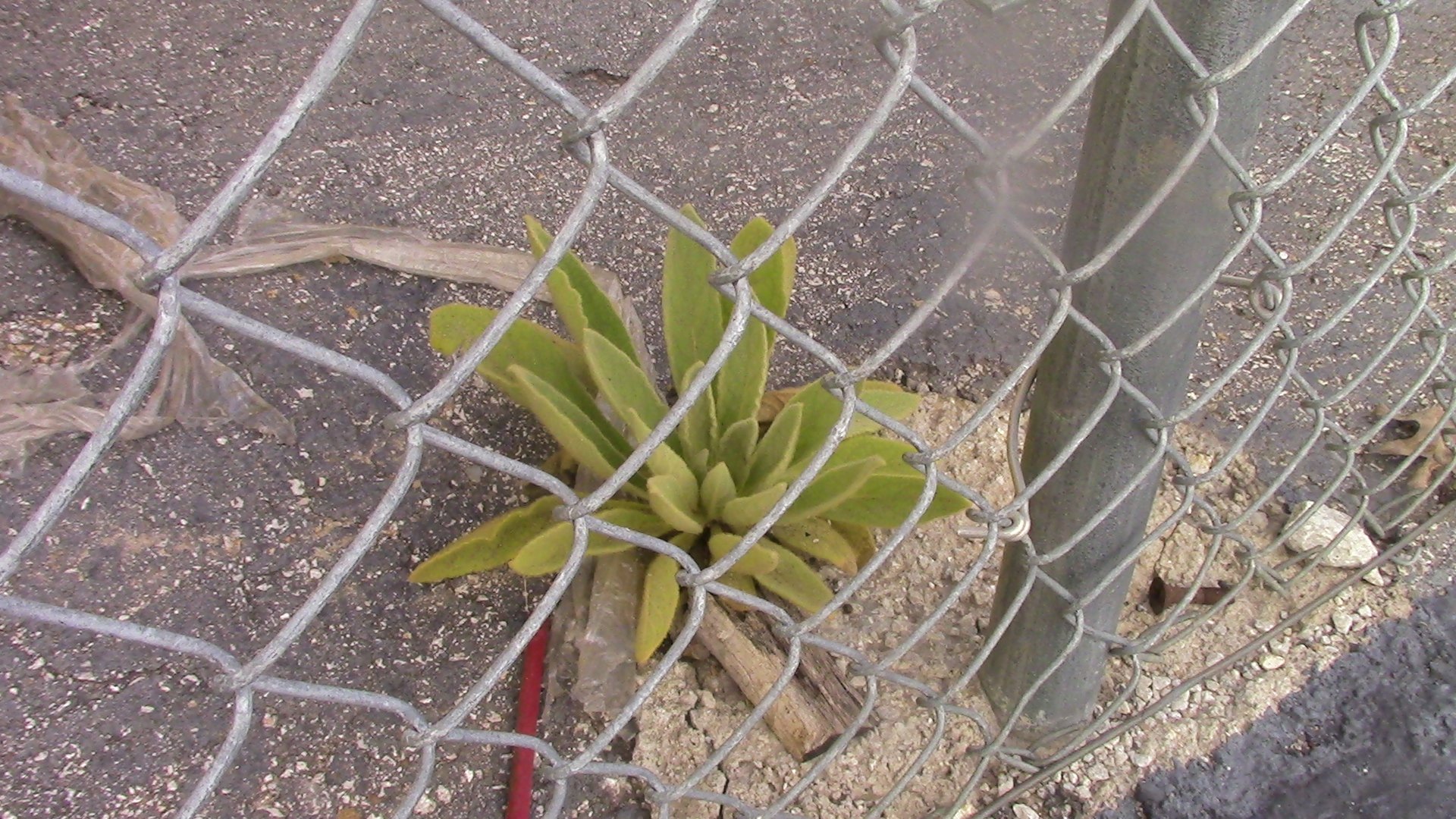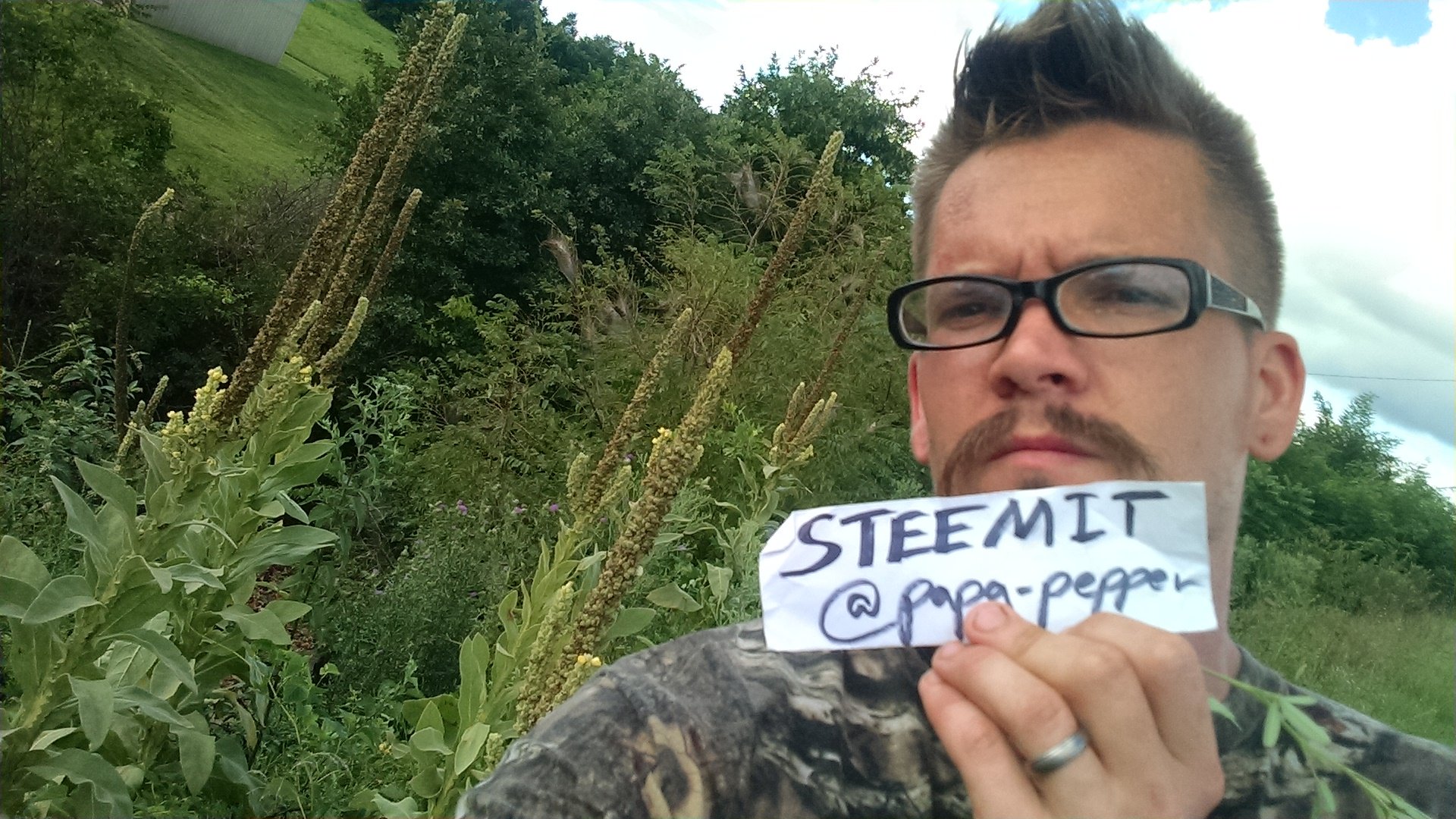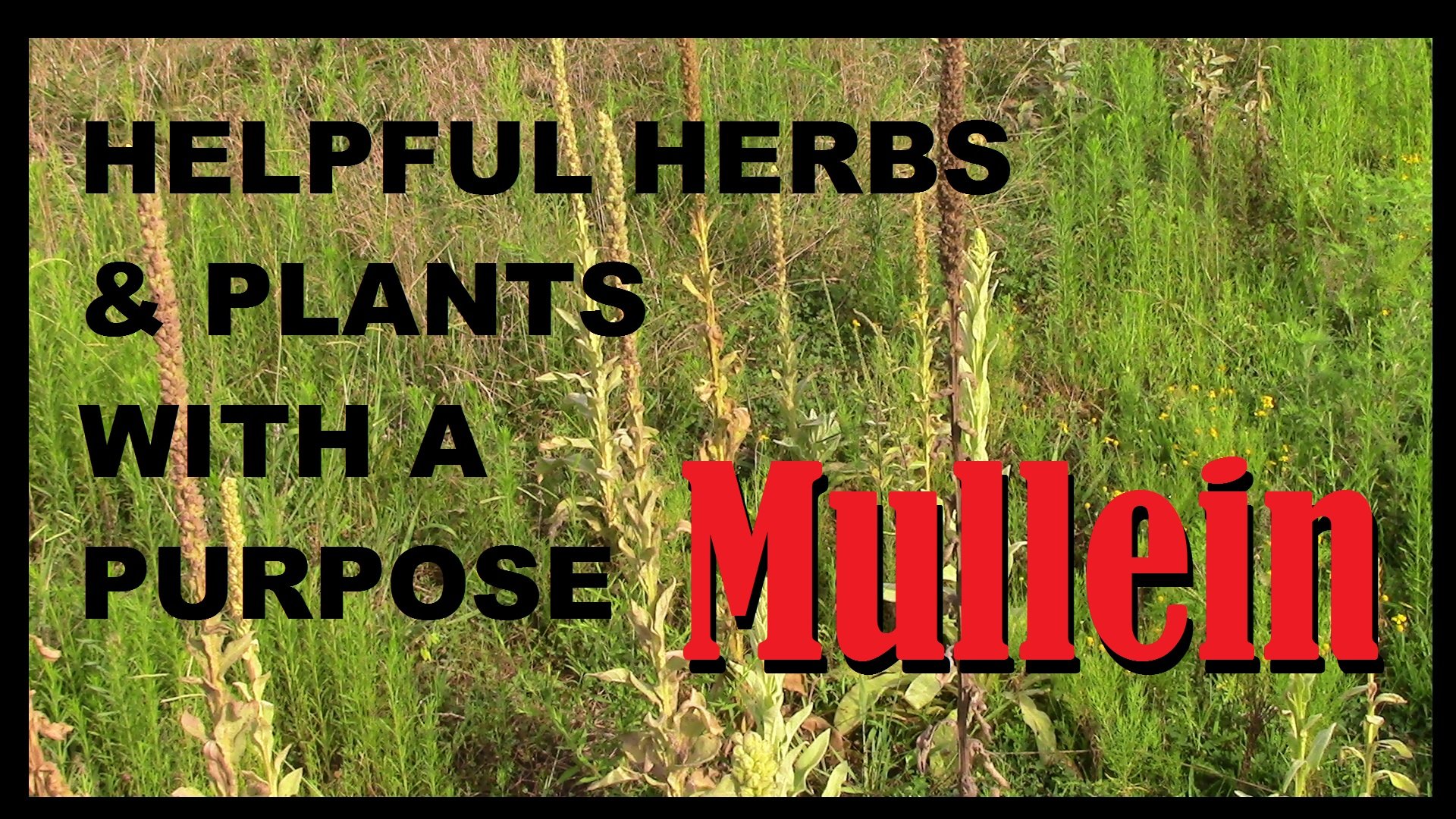
INTRODUCTION
With all of the interest in my gardening, plant propagating, foraging, and cooking posts, I figured that I would branch out a little more. Helpful Herbs & Plants With a Purpose is not meant to be dietary, medical, or nutritional advise. Each person is different and can react different ways to different plants. They always say to consult your physician first, so I'll say the same. This series is simply provided as a brief glimpse into interesting plants to spark your interest and begin your own exploration, research, and discovery.
HISTORY
Historically, many people have used the plants all around them for millennia. Not only did they provide a good food source or a helpful source of raw materials for making and crafting various goods, they were also used medicinally to treat a number of ailments. Some of the treatments and cures may have simply been superstitious or a placebos, but perhaps there are real medicinal uses for many of the plants all around us. Though up to date scientific research is not always available, that alone may not negate the health benefits many plants supposedly possess. In this world of pros and cons, often, there may be side effects as well, so be cautious.
IDENTIFICATION
Mullein is a pretty simply wild plant to accurately identify. The fuzzy light green leaves sprout outward from a central base. Eventually, a tall stem will protrude from the center and reach several feet up into the sky. The top then becomes covered in little yellow flowers, which eventually produces tiny little seeds.
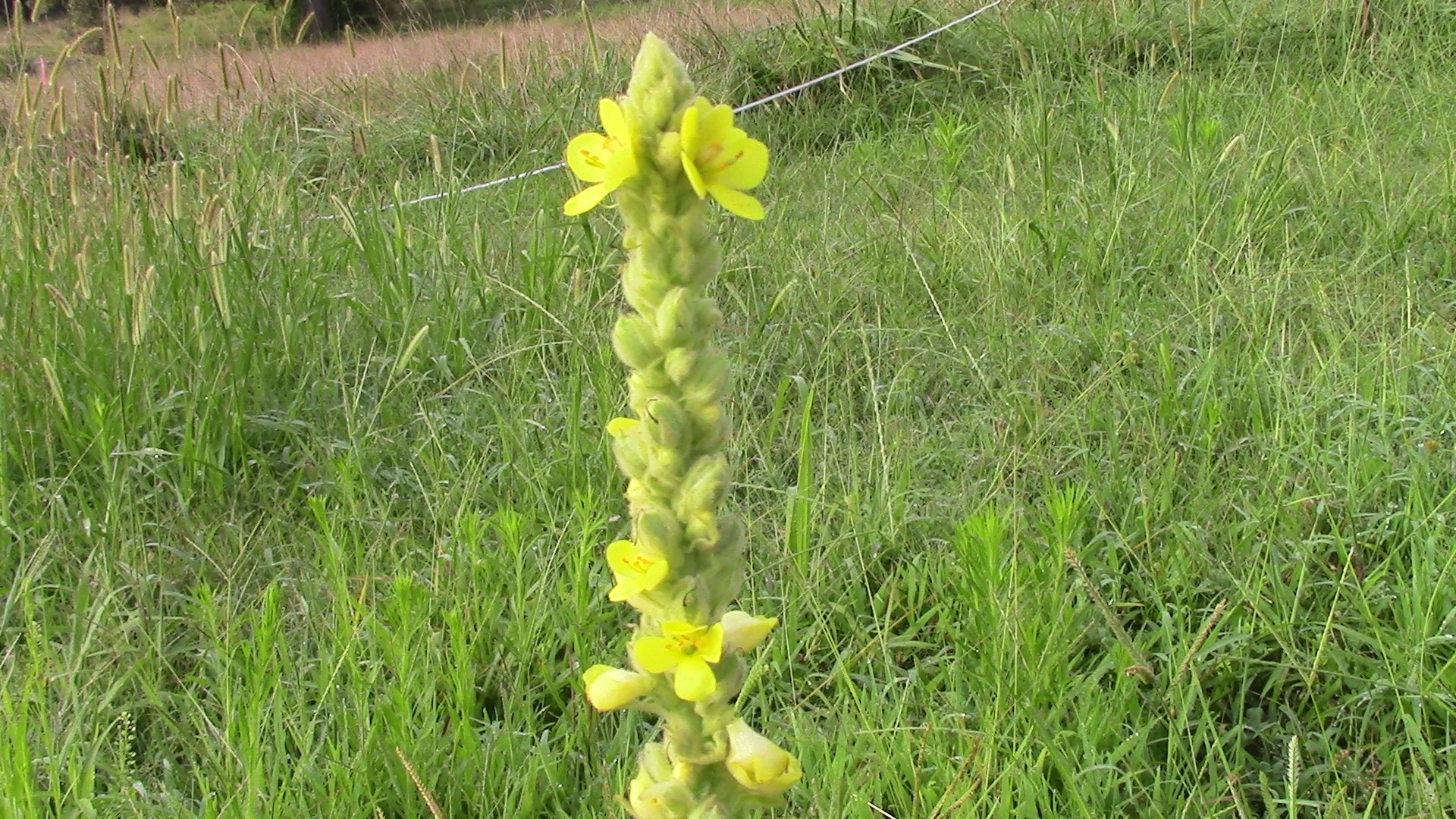
Mullein is a biennial plant that lasts two years. The first year it seems to establish its roots and form the low growing leaf cluster. The second year it shoots up the tall stalk and produces first flowers, and then seeds. The common garden Carrot is another biennial plant will produce seed the second year. If you want carrot seeds of your own, don't pull up and eat all of them this year. Next year, if the winter hasn't killed the root off, it will go to seed and look similar to Dill in the process.
USES
The uses for this common plant vary. One traditional use, though it is not as common these days, was to use the leaves for toilet paper. Yes, when people got caught in the wilderness without other options, Mullein was both readily available and an appropriate option to get the job done.
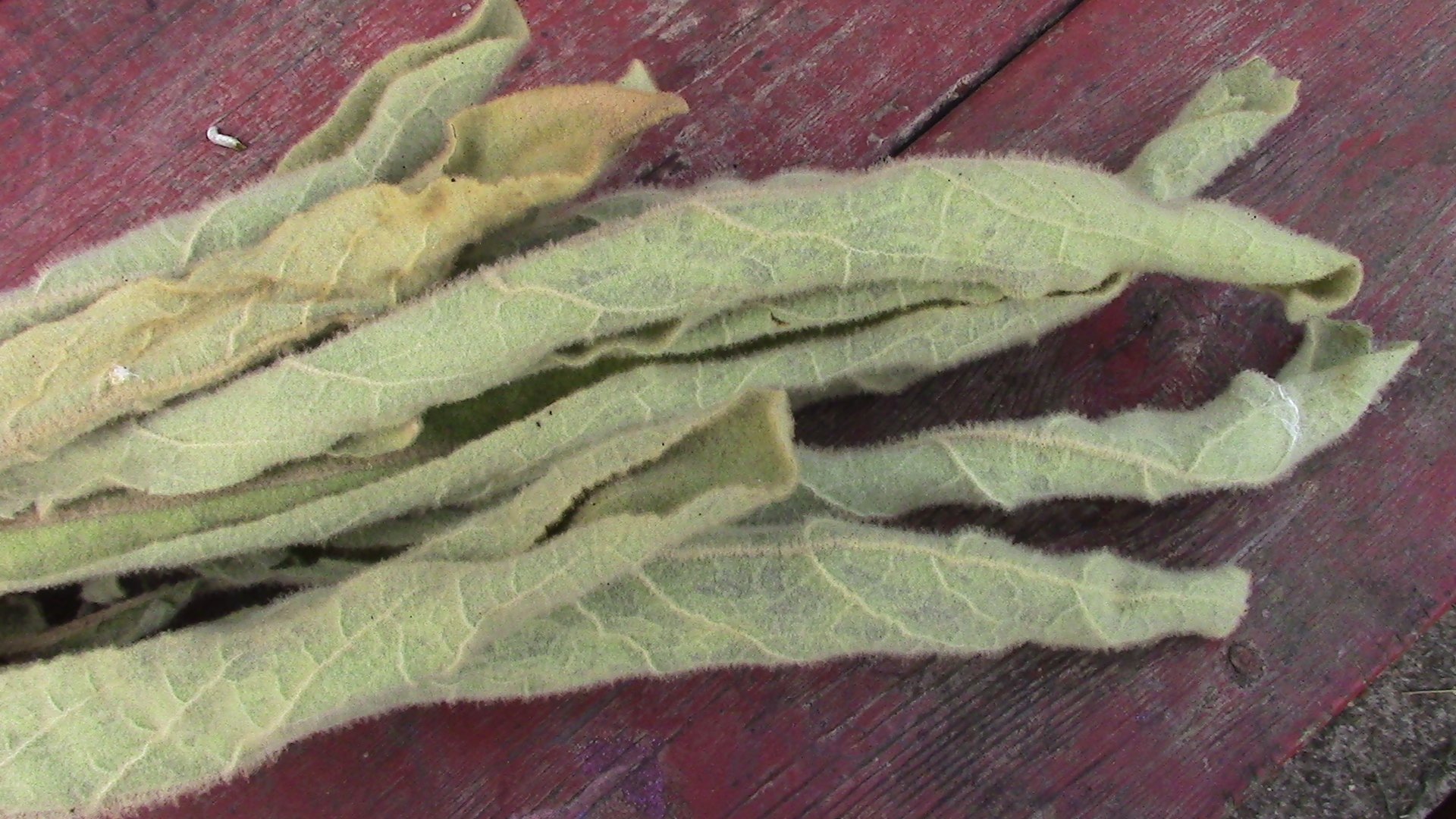
Another interesting use is one that we got exposed to in 2014 after my wife delivered our fourth child in our living room. It was a midwife assisted home water birth, not just something that happened. Anyway, in the process of breastfeeding, sometimes a woman can get some clogged milk ducts. If left untreated, it can cause mastitis, which can turn into a bad infection. One medical option to treat this ailment is antibiotics. When we mentioned the clogged ducts to one of our midwives, she mentioned Mullein as an option. She even gave us some leaves. We crushed the dried leaves and filled a far with them. Then, we poured hot water over the leaves and covered the jar. I can't remember if we left it steep for a half hour or an hour, but I do remember that it it worked. Apparently, Mullein Tea is a good decongestant because the leaves are a natural expectorant. They also act as a diuretic and a sedative.
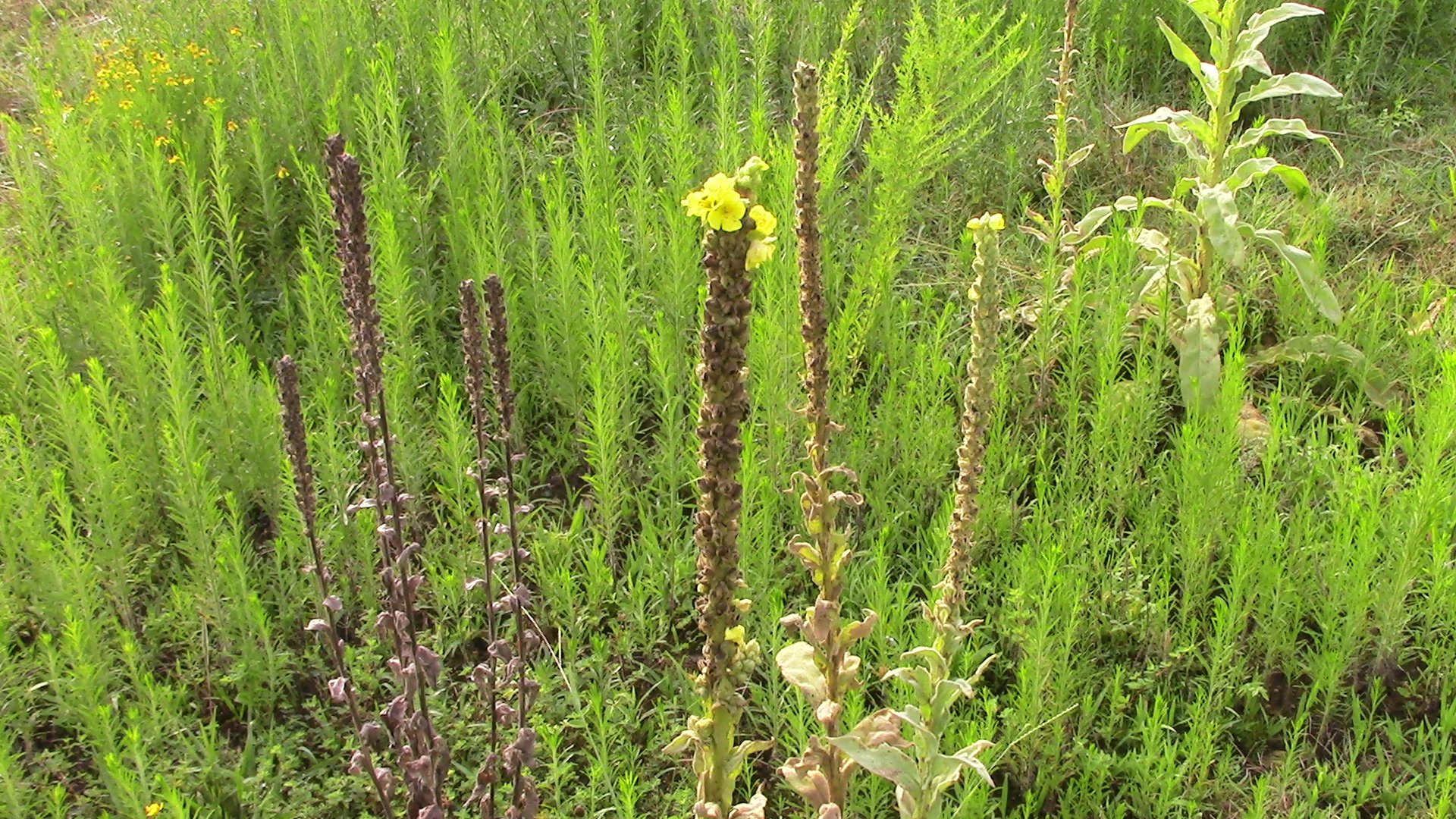
Mullein Leaf Tea, or a blended tea containing Mullein leaves, was once a common winter remedy to help with cold and flu season. In some circles, it is regaining popularity these days, and personally, we are fans. The flowers and roots have also been used to treat ear aches.
HABITAT
Most likely, you've already seen Mullein growing somewhere nearby, depending on your geographical location. It is common along roadsides and in open fields. Any tiny crack in the sidewalk is enough room for the tiny seeds, so it has become a common weed in many areas as well. Waste areas are another common place to find Mullein. Some of these were photographed in a spillway, where the rains deposited the tiny seeds.
